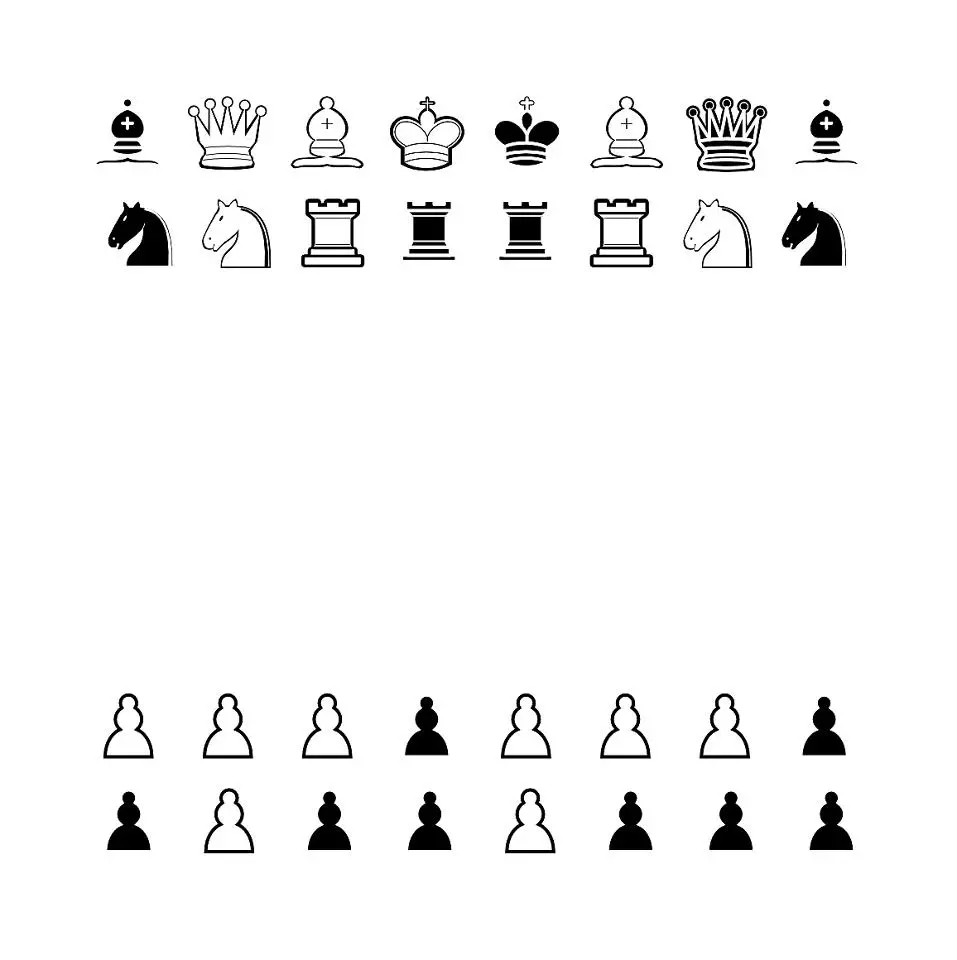- cross-posted to:
- math@mander.xyz
- dailymaths@lemmy.world
- math@lemmy.ml
- cross-posted to:
- math@mander.xyz
- dailymaths@lemmy.world
- math@lemmy.ml
In mathematics, especially historical and recreational mathematics, a square array of numbers, usually positive integers, is called a magic square if the sums of the numbers in each row, each column, and both main diagonals are the same.

It is very similar to Yang Hui’s square, which was created in China about 250 years before Dürer’s time. As with every order 4 normal magic square, the magic sum is 34. But in the Durer square this sum is also found in each of the quadrants, in the center four squares, and in the corner squares (of the 4×4 as well as the four contained 3×3 grids). This sum can also be found in the four outer numbers clockwise from the corners (3+8+14+9) and likewise the four counter-clockwise (the locations of four queens in the two solutions of the 4 queens puzzle), the two sets of four symmetrical numbers (2+8+9+15 and 3+5+12+14), the sum of the middle two entries of the two outer columns and rows (5+9+8+12 and 3+2+15+14), and in four kite or cross shaped quartets (3+5+11+15, 2+10+8+14, 3+9+7+15, and 2+6+12+14). The two numbers in the middle of the bottom row give the date of the engraving: 1514. It has been speculated that the numbers 4,1 bordering the publication date correspond to Durer’s initials D,A. But if that had been his intention, he could have inverted the order of columns 1 and 4 to achieve “A1514D” without compromising the square’s properties.


